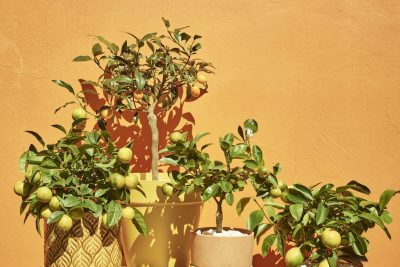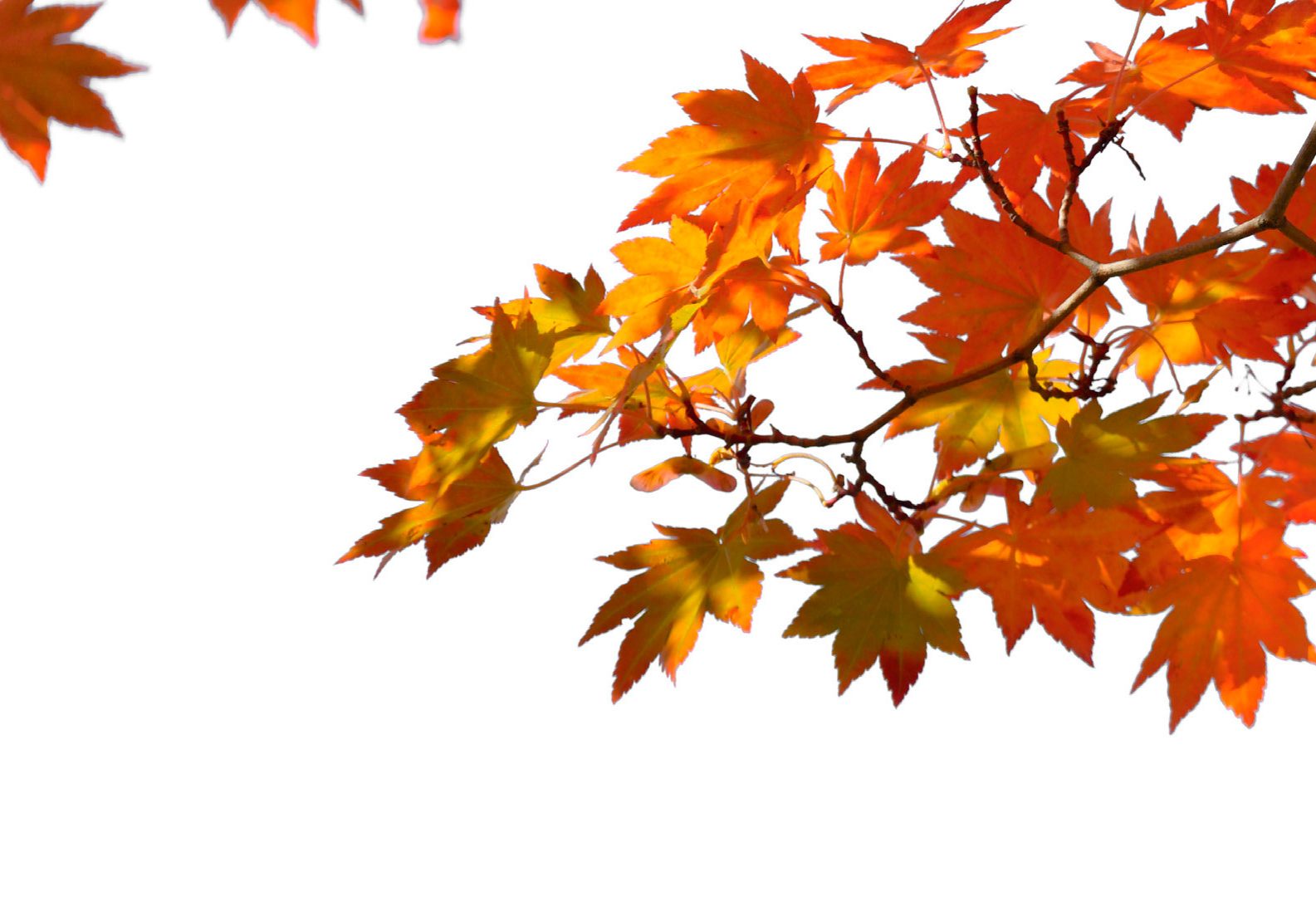
Autumn Gardening
by Northern Life
IT'S TIME TO REAP THE REWARDS OF AN AUTUMNAL GARDEN...
As autumn draws in, it’s time to sprinkle some seasonal colour in our garden and prepare the patch for winter sleep. These tips from the experts at dobbies.com ensure a trouble-free winter and a blooming good spring.
COTTAGE GARDEN
SEPTEMBER
- Dead head dahlias to encourage further flowering until the first frosts.
- Remove faded blooms on cottage garden perennials to extend the flowering season.
- Dead head roses to encourage a late season flush and tie in whippy growths on rambling roses to bear next year’s trusses of flowers.
- As gaps appear in beds and borders, sow hardy annuals such as nigella (love in the mist) and centarea (cornflowers) to bloom in spring.
- Plant new perennial plants while the soil is still warm to enable them to establish a strong root system during the winter months in readiness for spring.
- Plant biennial matthiola – (scented stocks) and bee-friendly foxgloves now to fill your borders with colour, fragrance and pollinators next spring.
OCTOBER
- Lift tender dahlias touched by the first frosts. In milder areas, on well-drained soils, consider leaving them in the ground, top dressing with a thick protective layer of mulch.
- Cut back and tidy cottage garden perennials, adding them to the compost heap. Leave grasses and seed heads to feed winter birds and to shelter overwintering insects. On frosty mornings they look stunning in the low winter sunshine too!
- Plant biennials now, such as sweet-scented stocks and Foxgloves for strong statuesque plants to carry masses of flowers early in the spring.
- Prune and tie-in climbing roses now, cutting shrub roses back by around half to prevent damage from wind rock.
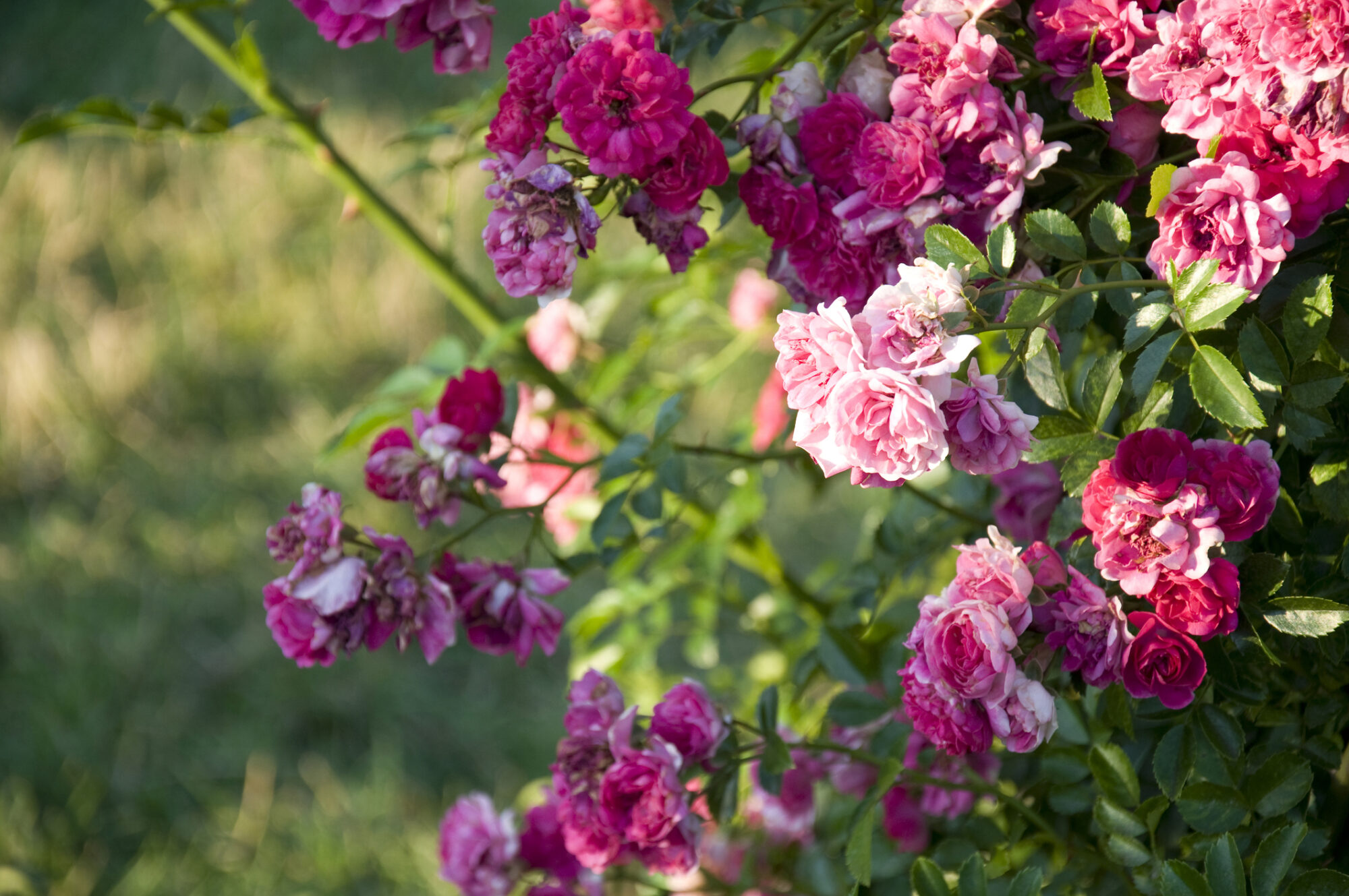
VEGETABLE GARDEN
SEPTEMBER
- Harvest crops of garlic, onions and shallots as tops start to yellow and topple over. Leave to dry in a cool shed before storing away in breathable drawstring bags for the winter months or have a go at plaiting your garlic and onions together to make a traditional string to hang in your kitchen or larder.
- Give tomato plants as much sunshine as possible to ripen last trusses of fruit.
- Rocket and winter salad leaves can be sown now if not done so already, as well as a last sowing of quick growing radishes.
- Swiss chard sown now will make strong plants for tasty winter pickings. The striking stem and foliage colours look great in both the garden and on the plate!
- Winter spinach can be sown now and is less likely to bolt with the cooler temperatures.
- Sow broad beans and hardy peas for the earliest tender spring pickings.
OCTOBER
- Harvest pumpkins, squashes and gourds. Pumpkins are great fun for carving for Halloween but are also tasty in soups and curries. Gourds in their myriad of colours also look stunning in a display basket and can be hollowed out and planted.
- Plant garlic now for the largest cloves next year.
- Apply a layer of farmyard manure as a mulch over the top, allowing worms to work it down into the ground during the winter.
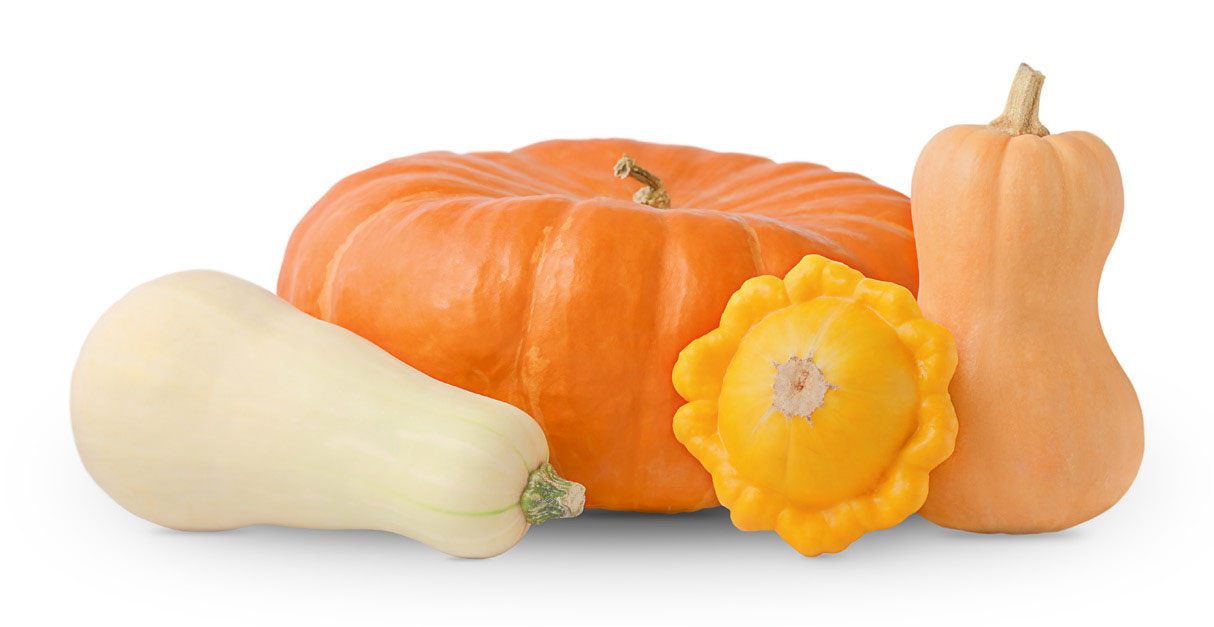
FRUIT GARDEN
SEPTEMBER
- Apples should be ripening now. Check that they are by gently cupping the fruit in your hand whilst carefully twisting the stem. If it is ready it will come away with ease. Do the same with plums to avoid fruits falling and bruising on the ground.
- Excess apples can be stored in a cool shed for the winter. Space Apples on a slatted shelf to keep them cool and aerated. Make sure they are not touching to prevent any spread of disease.
- Cut back spent summer fruiting raspberry canes to the ground, tying in the new whips for next year’s crop as you go.
- Net late summer/autumn raspberry canes to prevent bird damage.
- Pot up strawberry runners for fruiting next summer.
OCTOBER
- Harvest the last of the apples and pears and store in a cool airy shed. Blackberry, raspberry and loganberry canes that have finished cropping should be cut out and new canes can be tied in to support next year’s fruit.
Autumn is the natural time to plant new fruit trees and bushes, establishing over the winter months.

FLOWERING BULBS
SEPTEMBER
- As gaps appear in beds and borders, now is the ideal time to plant bulbs such as crocuses, daffodils, narcissi and snowdrops.
- Dwarf narcissi and crocus also look great with winter bedding in patio pots and hanging baskets for a cheerful splash of early spring colour.
- Daffodils benefit from planting in September, while tulips you should wait until November. Be sure to buy early though to get the widest choice.
- Indoor bulbs such as prepared hyacinths can also be planted now in bowls and wicker baskets, specially treated so that they flower at Christmas time.
OCTOBER
- Continue to plant spring flowering bulbs in beds and borders. For best effect plant bulbs in groups of 5, 7 or 9, tucked into gaps generated in the border as perennial plants are cut back for the winter. Early flowering spring bulbs, such as daffodils and crocus benefit from being planted now, while tulips are best planted in November.
- Indoor bulbs such as prepared hyacinths and narcissus paperwhite should be planted now to fill the house with fragrance throughout the festive period. Use bulb compost and follow the instructions on the packet carefully to ensure success.
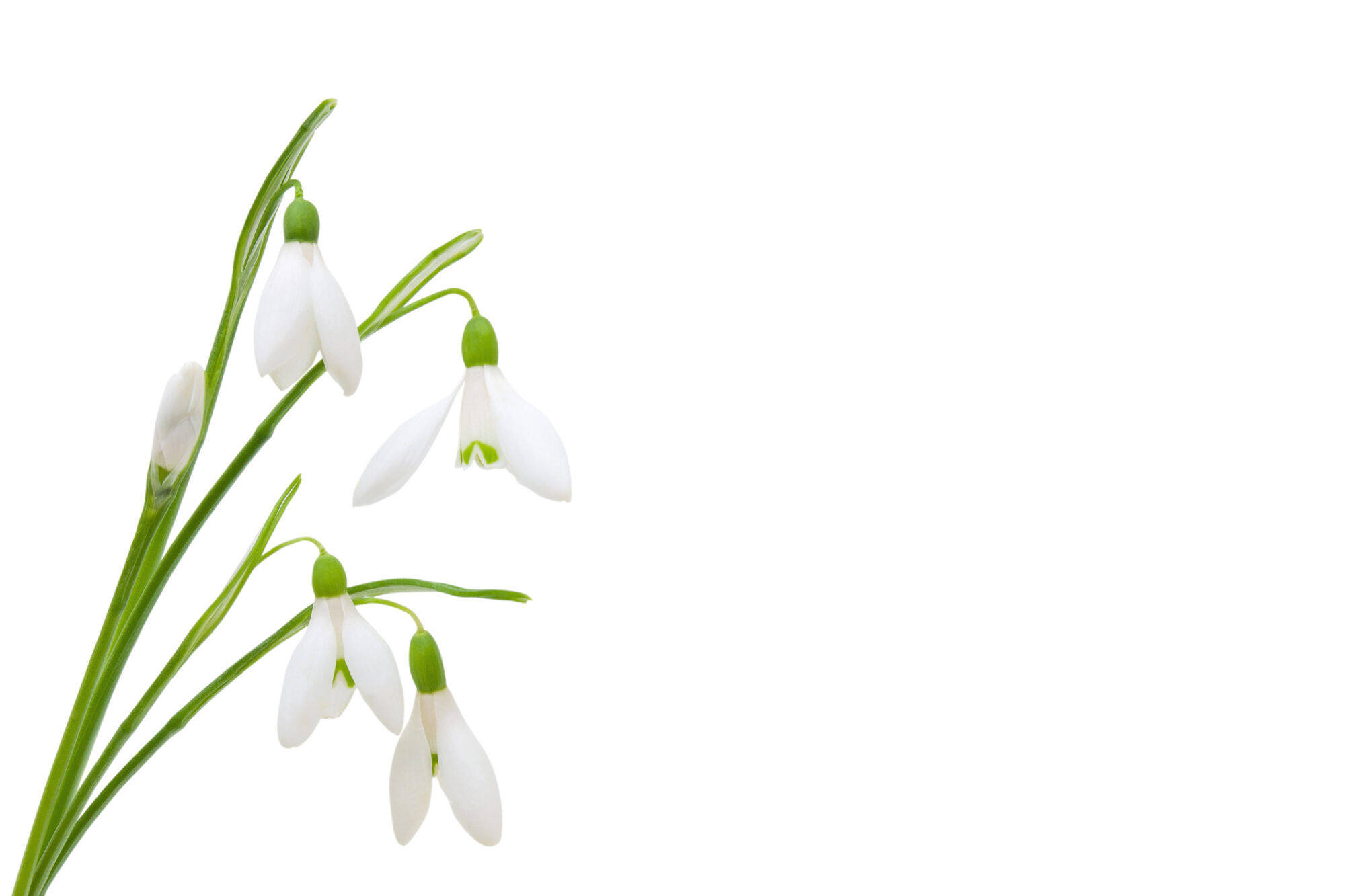
ORNAMENTAL TREES
- Introduce winter structure to the garden with evergreen shrubs such as viburnum tinus or skimmia, the latter planted in a pot near your front door to appreciate its flower and spring fragrance.
- Fiery shades of early autumn foliage start to light up late summer borders. Shrubs such as acers (Japanese maples), cotinus (smoke bush) or climbers such as parthenocissus (virginia creeper) come into their own now.
- Visit your local store to see all the new ranges freshly delivered and ready for planting now. give azaleas, rhododendrons and particularly camellias a good drink of water now to ensure they set plenty of buds for spring.
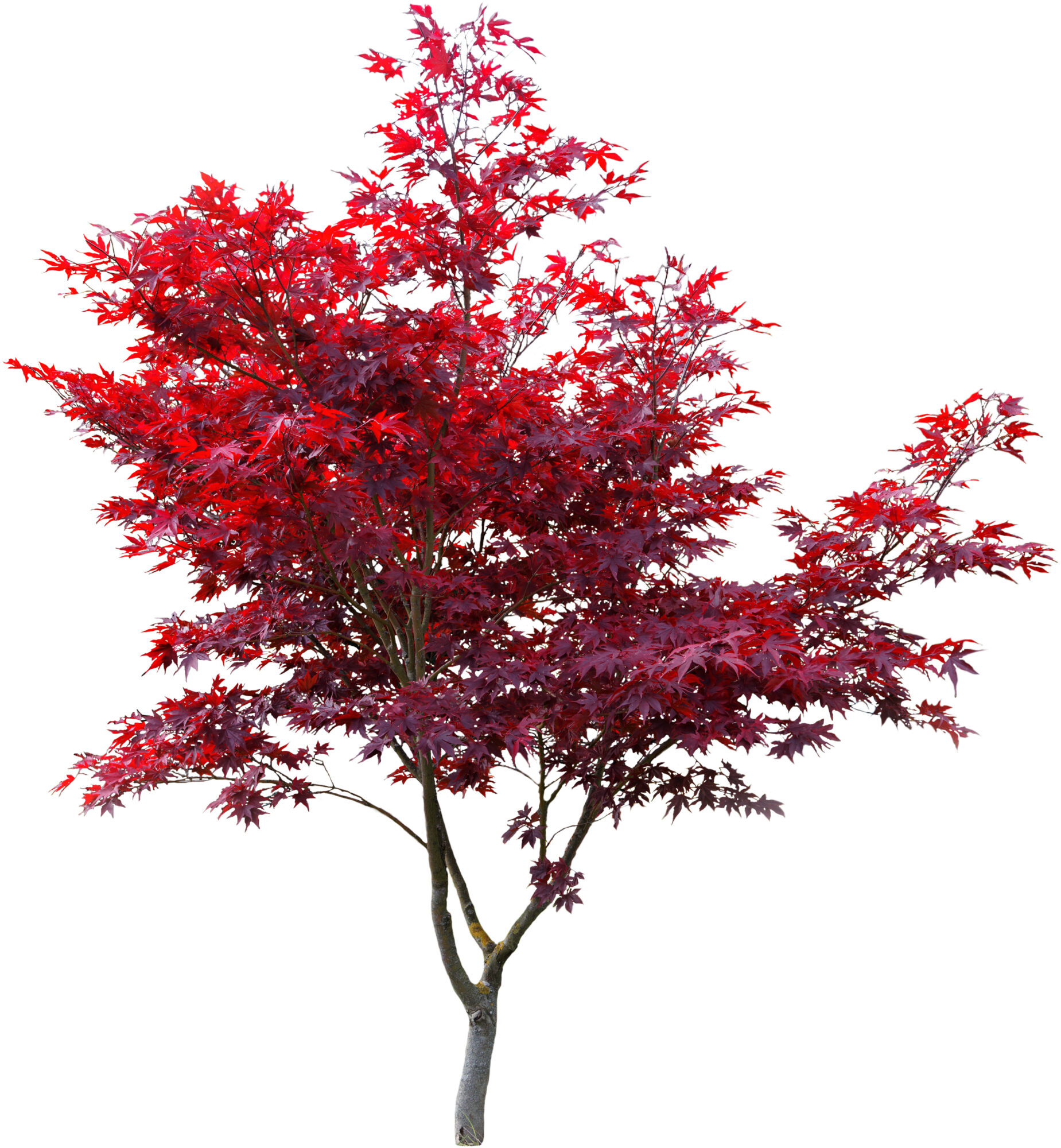
Northern Life Sept/Oct 22

